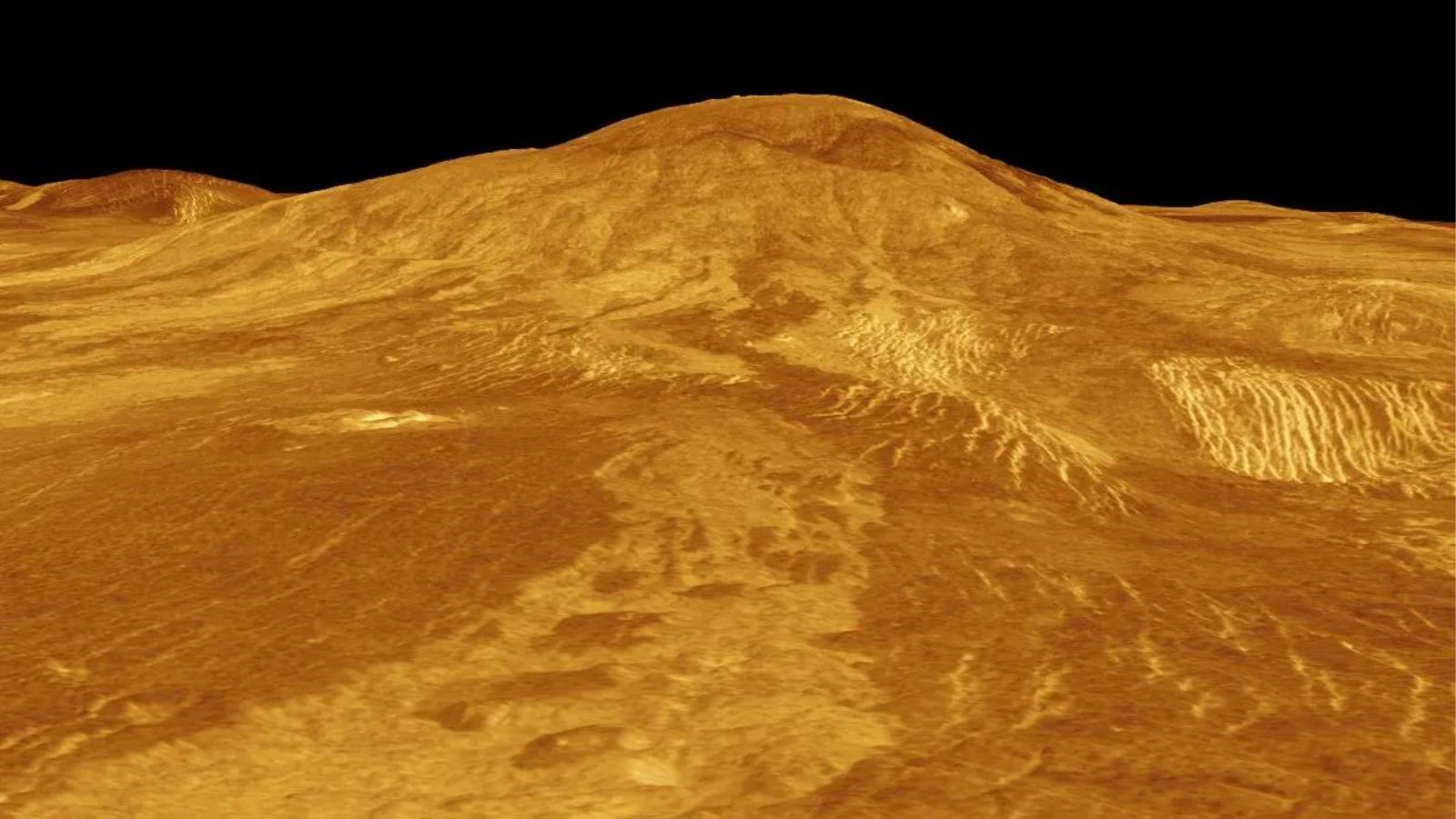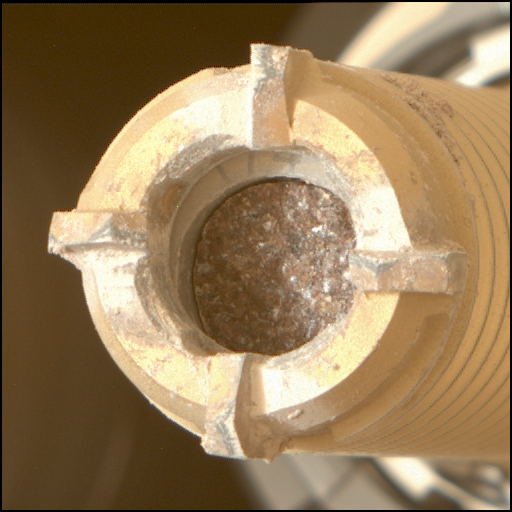New evidence of volcanic activity on Venus has been revealed through recent data analysis from NASA’s Magellan mission. Scientists in Italy, working with NASA, have observed new lava flows on the planet, indicating that it was volcanically active between 1990 and 1992. This discovery provides valuable insight into the geological processes of Venus, the closest Earth-like planet in our solar system.
The Magellan mission, launched in 1990, was the first spacecraft to map the entire surface of Venus before disappearing into the planet’s atmosphere in 1994. Since then, no other spacecraft has been sent to explore Venus, making these findings particularly significant. The use of new instruments to analyze old data from the Magellan mission has provided scientists with a better understanding of the volcanic activity on Venus.
By studying active volcanoes on Venus, scientists hope to gain insight into the planet’s interior and its potential habitability. These findings support an earlier study that suggested ongoing volcanic activity on the planet. In 2031, NASA plans to send a new mission called VERITAS (Venus Exploration and Radiometry of Ice in Thick Atmosphere). This mission aims to further explore the planet’s surface and core to better understand its geological processes. By studying Venus, scientists hope to uncover why this planet, so similar in size to Earth, evolved in a different way. These ongoing efforts will provide valuable information about planetary evolution and the potential for life beyond Earth.



